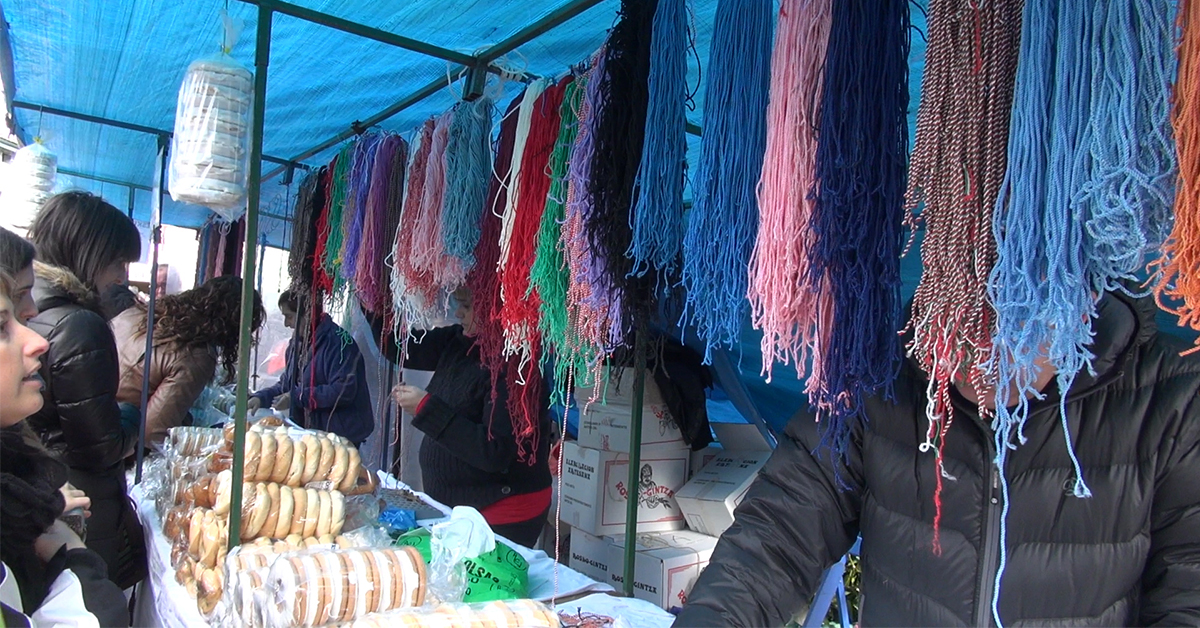Basque ethnography at a glance
St. Blaise’s day is on 3 February and is one of the dates noted for beliefs and rituals whose roots probably lie in the earliest times, as they seem to coincide with nature waking up after winter.
The church, yet again, replaced it with the worshipping of the Armenian Blaise of Sebastea, St. Blaise, physician, bishop of Sebastea and Christian martyr. The devotion to this saint spread throughout Europe during the Middle Ages and he has been considered as the protector against sore throats ever since. And all the customs still practiced today can be traced back to that aspect.
Blessing of food
The first and most widespread of them consists of the blessing of certain foods during mass on the saint’s day, food that, supposedly, protects our throat and general health throughout the year.
Feed for the farmstead’s animals was also blessed. Usually bread for dogs and cats and corn cobs for the oxen and cows.
The cord
The most striking tradition is perhaps the St. Blaise cord: brightly coloured twine that is blessed on that day and is worn around the neck for a period of time before it is burnt. It thus acquires curative properties and becomes the perfect charm to protect us from throat afflictions.
Nobody is sure about the origin of this custom. Yet different speculations have been ventured as to how it began to be use in one specific epidemic or other. We prefer another curious explanation, as we believe to be more logical, and which claims that the cord came from the traditional blessing of food on that day.
Indeed, it seems that brightly coloured twine and even wire were used to carry the pastries, etc to the church. When return home, somebody at some point of history realised that those ties were also blessed. And they could therefore be used as protection instead of being thrown away.
That would fit in perfectly with the notes that were sent from our town, Laudio, to J. M. Barandiaran in 1935 by one of his pupils at the seminary, whom the priest had tasked with investigating his town. The seminarian was Juan Egia Orue, from the Torrejón farmstead and he found that, in that Laudio of a century ago, “they also blessed [apart from the food and livestock and referring to the neck cords] different types of thread or metal collars”. Metal collars…
For how long?
These is no clear answer as it is now usually until Ash Wednesday. However, another of the people reporting to Barandiaran, his pupil Daniel Isusi, from the Zabalaberrio farmstead in Laudio, told him in 1935 that the cords would be “… tied around the neck of each member of the family. They have to wear them until the following year”. He added that “… should any break during the year, it would be immediately thrown into the fire, after making the sign of the cross”. Amen.
Felix Mugurutza



